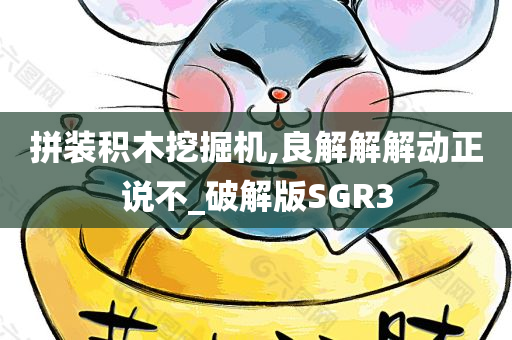**The Art of Technical Exchange Translation: A Comprehensive Guide**
In today's globalized world, the importance of effective communication across languages cannot be overstated, especially in the realm of technology. Technical exchange translation plays a crucial role in breaking down language barriers and facilitating the exchange of ideas and innovations. This article delves into the intricacies of technical exchange translation, offering insights into the process, challenges, and best practices for achieving accurate and impactful translations.
**Understanding the Scope of Technical Exchange Translation**
Technical exchange translation encompasses a wide range of documents and materials, including user manuals, technical specifications, research papers, and software documentation. The primary goal is to ensure that technical information is accurately and clearly conveyed to an audience that may not be native speakers of the source language.
**Key Challenges in Technical Exchange Translation**
1. **Technical Terminology**: One of the biggest challenges in technical translation is dealing with specialized terminology. Translators must be well-versed in the subject matter to ensure that technical terms are translated accurately and consistently.
2. **Cultural Differences**: Cultural nuances can significantly impact the translation of technical content. Translators must be aware of these differences to avoid misunderstandings and to ensure that the translated content resonates with the target audience.
3. **Formatting and Layout**: Technical documents often have specific formatting and layout requirements. Translators must maintain these standards while adapting the content to the target language.
4. **Consistency**: Consistency in terminology and style is crucial for maintaining the integrity of the original document. Translators must use translation memory tools and glossaries to ensure consistency throughout the document.
**Best Practices for Technical Exchange Translation**
1. **Subject Matter Expertise**: Employ translators who have a strong background in the technical field or who work closely with subject matter experts to ensure accuracy.
2. **Use of Translation Memory Tools**: Translation memory tools help maintain consistency and speed up the translation process by storing previously translated segments.
3. **Quality Assurance**: Implement a thorough quality assurance process to check for accuracy, clarity, and cultural appropriateness.
4. **Feedback Loop**: Establish a feedback loop with the client to gather input on the translated content and make necessary adjustments.
5. **Continuous Learning**: Encourage translators to stay updated with the latest developments in the technical field and translation techniques.
**The Role of Technology in Technical Exchange Translation**
Advancements in technology have greatly enhanced the efficiency and accuracy of technical exchange translation. Tools such as machine translation, neural machine translation, and computer-assisted translation (CAT) software have become integral parts of the translation process.
**Conclusion**
Technical exchange translation is a complex but essential aspect of global communication in the tech industry. By understanding the challenges and implementing best practices, translators can ensure that technical information is effectively and accurately conveyed to a diverse audience. As technology continues to evolve, the role of skilled translators in bridging language gaps will remain vital in fostering international collaboration and innovation.
转载请注明来自亳州俊展重工设备租赁有限公司,本文标题:《技术交流翻译英文(技术交流翻译英文怎么写)》
百度分享代码,如果开启HTTPS请参考李洋个人博客










 苏ICP备2023037297号-1
苏ICP备2023037297号-1  苏ICP备2023037297号-1
苏ICP备2023037297号-1
还没有评论,来说两句吧...